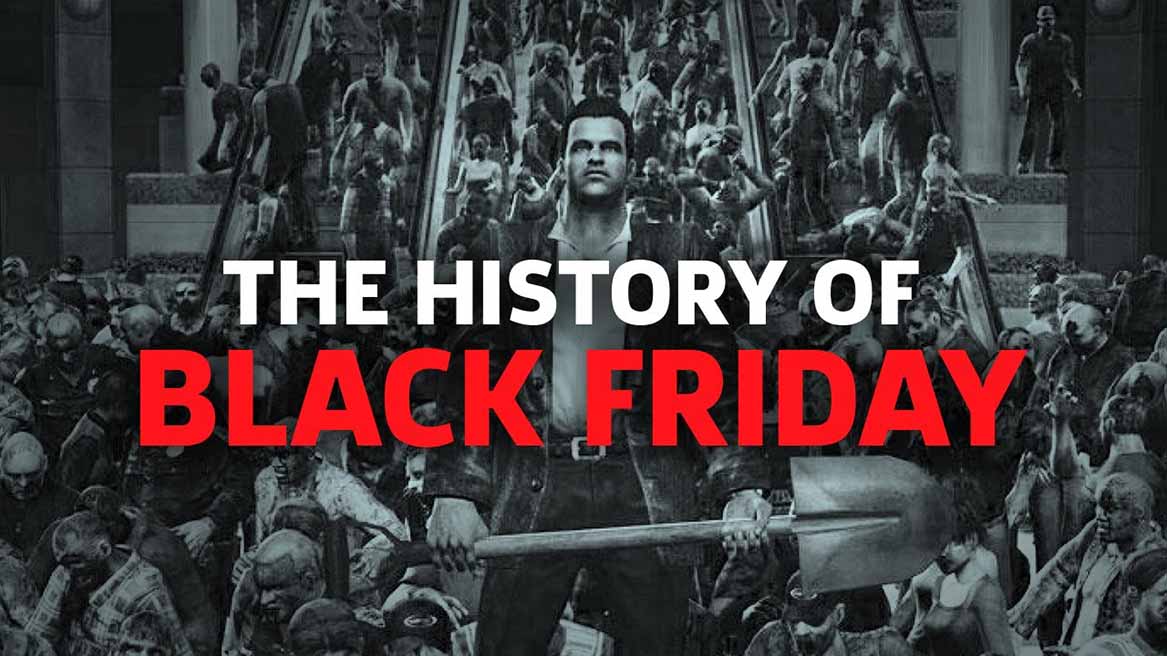Table of Contents
The black Friday event was not associated with holiday shopping. The term first time used on 24th September 1869 when Jay Gould and James Fisk created boom and bust in the gold market of the United States.
The US stock market crash and prices fell 20 %. Jay Gould and Jim Fisk worked together and buy the gold as much as they can and sell it for astonishing profits.
A Canadian department store started the thanksgiving parade first time in 1905. In this parade, a Santa brought on a wagon in the streets of Toronto. In 1913, Santa’s sleigh was pulled by eight live reindeer. Moreover in 1916 seven free nursery rhyme characters joined the Santa in the parade.
The Eaton’s parade inspired by the Department store of Macy in 1924 to launch the famous thanksgiving day parade in New York City. Macy celebrated the success during the roaring 20s. Due to this parade, shopping boosted for the following day.
Thanksgiving happed in the fifth week of November in 1939. Retailers warned that they would go in loss because the holiday shopping season was too short. So they requested to president Franklin D. Roosevelt to move the thanksgiving day in the fourth week of November.
However, after that, some people called the holiday “Franksgiving” instead of thanksgiving and Black Friday. But this confusion removed after passing the law in 1941 by Congress.
The law was that the thanksgiving day would be celebrated on the fourth Thursday of November no matter what.
So the black Friday term first time used in 1966 in print. The story published in an ad in the American Philatelist, which is a stamp collectors magazine. The police of Philadelphia used it to describe the traffic jams and to crowd in the stores.
Well on the internet a myth about black Friday and slaves spread in 2014. It claimed that slave traders gave discounts on thanksgiving day.
Black Friday Sale Ratio
People started to shop for their half-holiday shopping on Black Friday. National Retail Federation reported the holiday season consists of November and December. So the NRF began tracking the sale ratio in 1992 that raise 3.4 % each year.
The sales increased 0.3 % in 2009, and each shopper spent $373 on Black Friday that was more than half of the $673 each that spent the entire holiday season.
In 2010, the black Friday weekend sales were $45 billion. Meanwhile, Many stores opened on Thanksgiving evening the first time in 2011. They earned $12.3 billion in 2010, that raised 4.6 % in overall holiday sales.
According to 2013 black Friday sales the online and store sales were recorded on Black Friday weekend $57.4 million.
The one downside of this big event is that aggressive crowds want the same deals each year. Even though every year, many cases occur when shoppers get trample to get an item.
Like two people were shot while arguing over a parking place in Walmart of Florida on Black Friday 2012. Besides, another case of black Friday was seen in 2011 when a woman sprayed pepper on other shoppers sat a Walmart in Porter Ranch California in which almost ten people were injured.
Cyber Monday
To reduce these kinds of brutal cases, Cyber Monday term was used after Black Friday, where shoppers can shop online. The purpose of cyber Monday was also that maybe they would feel less competitive for one deal on thanksgiving day and black Friday. But Black Friday became a highly successful day for retailers.









